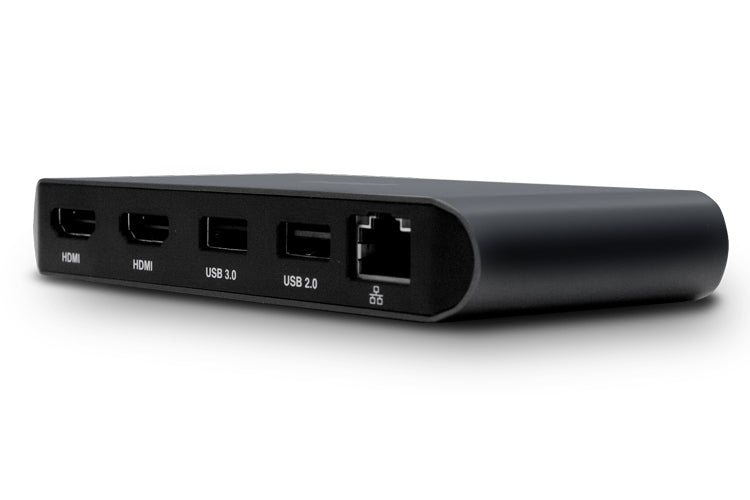


On top of that, with each mini Dock model, you gain access to a USB 3.0 port and a gigabit Ethernet port. We ran AJA System Test on a 64 GB SanDisk Extreme Pro to measure the read and write speeds.You can output a 4K DCI signal from the mini Dock Dual DisplayPort

(Apple’s late-2020, M1-based MacBooks support only one external display, even if you’re using a dock.) We set each monitor to its maximum resolution and verified that both were performing at the proper refresh rate. Using an array of DisplayPort cables, HDMI cables, and USB-C adapters, depending on each dock’s port selection, we connected our 16-inch MacBook Pro and a pair of 4K monitors to each dock. Video: Almost all Thunderbolt docks promise dual 4K monitor support at a full 60 Hz, assuming your computer and monitors support it we ruled out any that couldn’t handle two monitors at once.The docks we tested offered a range of port speeds, from USB 2.0 at 480 Mbps to USB. To measure the read and write speeds of each, we ran AJA System Test speed tests using Samsung’s Portable SSD T5 for the USB ports and the now-discontinued LaCie Bolt 3 for the Thunderbolt ports. USB-C ports are less common, as are extra Thunderbolt ports. USB-A, USB-C, Thunderbolt 3 or 4: The “standard” USB-A port is still the most common input for peripherals-including external drives, wired keyboards, and more-and most Thunderbolt docks have several of them.


 0 kommentar(er)
0 kommentar(er)
